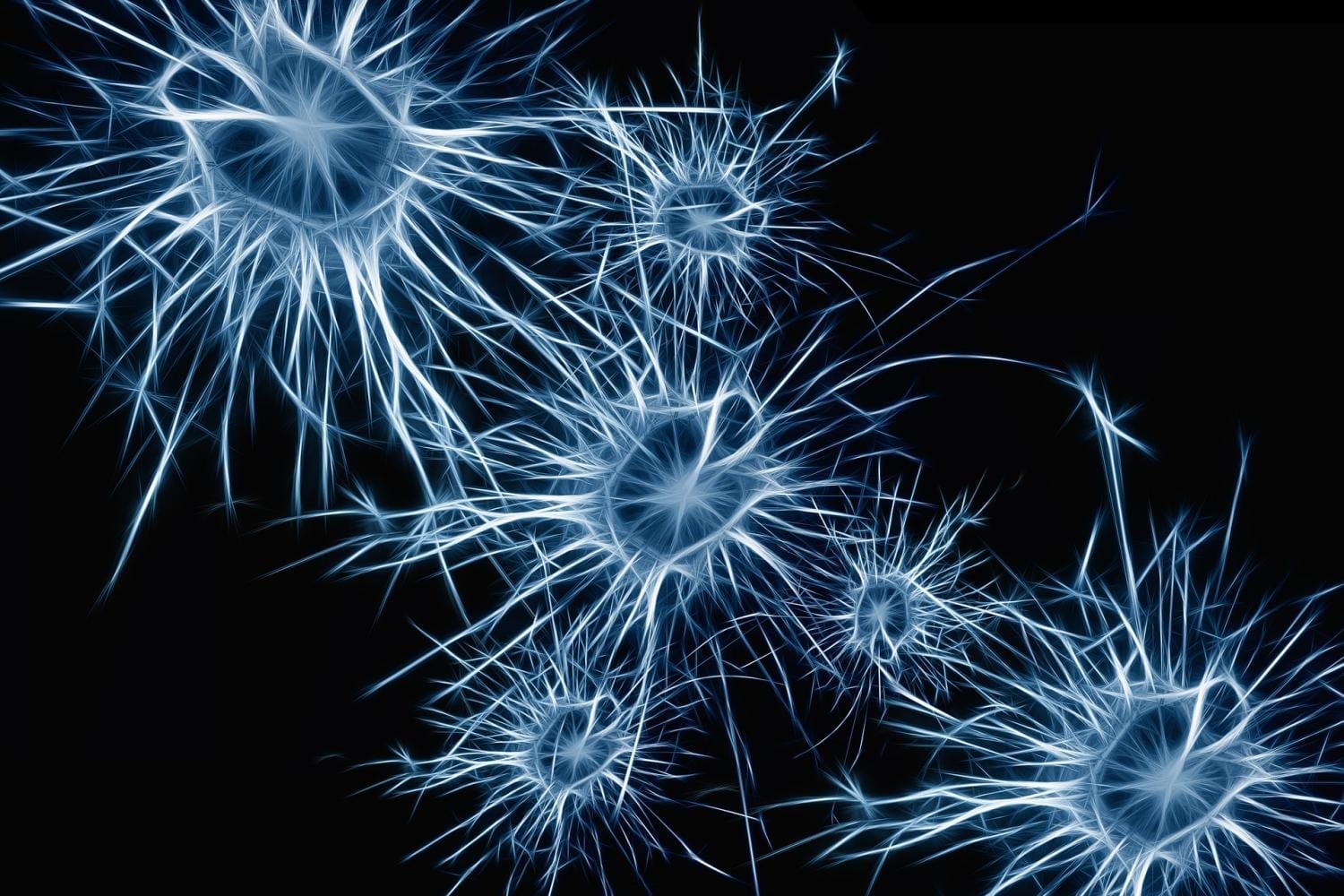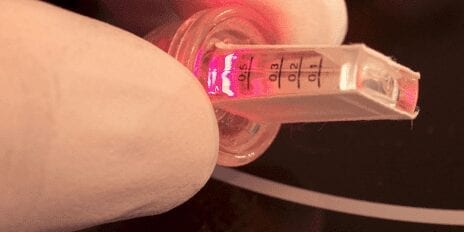via Medical Xpress
A recently developed system for switching on the activity of genes could improve treatments for a broad range of neurological diseases. Esteban Engel, a researcher in viral neuroengineering in the Princeton Neuroscience Institute, and his team have developed new “gene promoters” – which act like switches to turn on gene expression – that promise to broaden the ability to deliver large genes and keep them active for long periods of time.
The research was published online this week in the journal Molecular Therapy: Methods & Clinical Development.
The team is developing these genetic switches for use in gene therapy, the practice of delivering new genes to replace or assist those that are faulty. Gene therapy is a promising strategy for many diseases, including disorders that involve the brain, such as Parkinson’s disease and Alzheimer’s disease.
To carry genes into cells, scientists take advantage of the fact that viruses come equipped with the machinery to gain entry to cells. Over the years, scientists have engineered viruses to deliver genes in ways that are safe and don’t cause disease. One of the viruses commonly used for this is the relatively harmless adeno-associated virus (AAV).
Engel and his team created new gene promoters that turn on genes after they have been transported into neurons – the cells of the brain and nervous system. The team designed their promoters by adopting attributes of promoters found in another class of viruses, the herpes viruses, which persist for years in the body by establishing a chronic infection in the nervous system.
The team’s engineered promoters occupy far less space than existing promoters used in gene therapy, allowing the transport of larger genes or multiple genes. The new promoters are also long-lasting, being less prone to repression or inactivation than most common promoters, so the therapeutic genes are active for long periods of time. These new promoters work with AAV as well as other viral and non-viral gene-delivery systems.
“These new promoters will allow us to deliver larger genes or multiple small genes,” Engel said, “and the genes can remain active for as long as they are needed.”
The Latest Updates from Bing News & Google News
Go deeper with Bing News on:
Neurological diseases
- From understanding Parkinson’s Disease to the increased rate of cancer cases, here are this week’s talkbacks
WGAL News 8 talks to professionals to give a better understanding of important events impacting the Susquehanna Valley.
- These Popular Recreational Activities Could Be Increasing Your Risk of a Deadly Neurological Disease
Activities could be modifiable risk factors for the disease. A study from Michigan Medicine suggests that participating in recreational activities — including golfing, gardening or yard work, ...
- What are prion diseases? Hunters died of fatal disorder after eating tainted deer meat, researchers say
A recent report published in the medical journal Neurology suggests that two hunters contracted Creutzfeldt-Jakob disease, a fatal neurological disorder, after eating venison obtained from deer ...
- Soft robotic nerve cuffs could revolutionize treatment of neurological conditions
Researchers have developed tiny, flexible devices that can wrap around individual nerve fibres without damaging them.
- CDC: Deer meat didn't cause hunters' deaths; concerns about chronic wasting disease remain
There have been no cases of chronic wasting disease in people to date, the CDC says. But it is still investigating the potential risks.
Go deeper with Google Headlines on:
Neurological diseases
[google_news title=”” keyword=”neurological diseases” num_posts=”5″ blurb_length=”0″ show_thumb=”left”]
Go deeper with Bing News on:
Gene promoters
- Gene Chamberlain
© 2024 ABG-SI LLC. SPORTS ILLUSTRATED IS A REGISTERED TRADEMARK OF ABG-SI LLC. - All Rights Reserved. The content on this site is for entertainment and educational ...
- Regeneron Pays Mammoth $100M to Access CRISPR Enzymes for AAV Delivery
Regeneron will use Mammoth Biosciences’ tiny Cas enzymes to deliver in vivo CRISPR-based gene editing therapies to tissues and cell types beyond the liver, the companies announced Thursday.
- Regeneron, Mammoth Launch In Vivo CRISPR Gene Editing Collaboration
Regeneron Pharmaceuticals will use Mammoth Biosciences’ CRISPR-based ultracompact gene editing platform to develop in vivo therapies for tissues and cell types beyond the liver.
- Precision Biosciences gets grant for engineered meganucleases for modifying human mitochondrial dna
Unlock the potential of gene therapy with Precision Biosciences' patented MTEM technology for editing human mitochondrial DNA. Learn more about this groundbreaking innovation now!
- GeneFab Announces Two Presentations at the American Society of Gene & Cell Therapy (ASGCT) Annual Meeting 2024
Two accepted abstracts highlight innovative methods for gene expression regulation – – GeneFab’s synthetic biology capabilities and Advanced Therapies offerings enable development of affordable ...
Go deeper with Google Headlines on:
Gene promoters
[google_news title=”” keyword=”gene promoters” num_posts=”5″ blurb_length=”0″ show_thumb=”left”]











